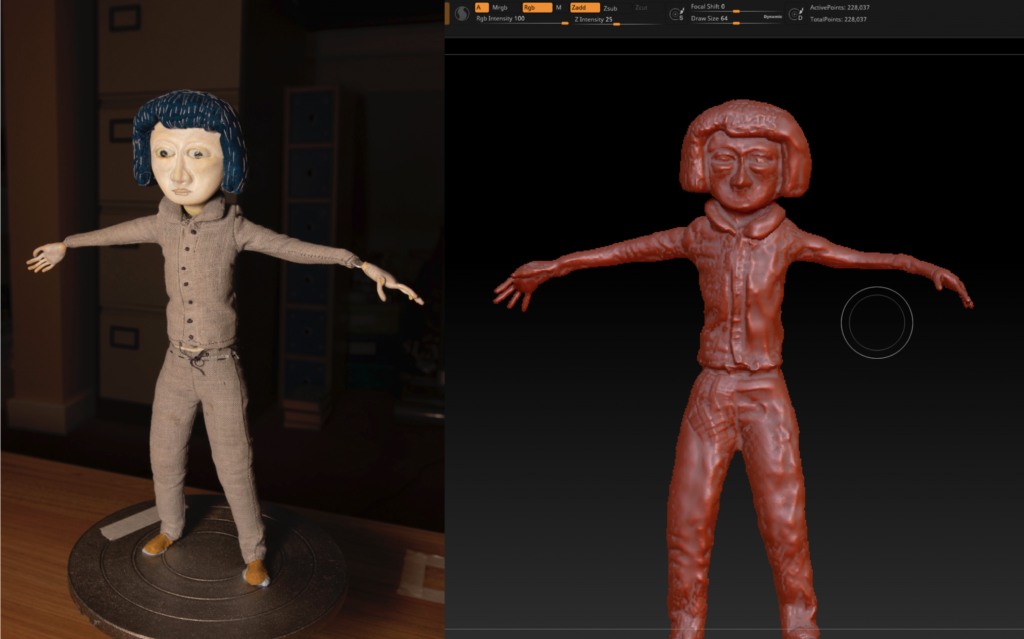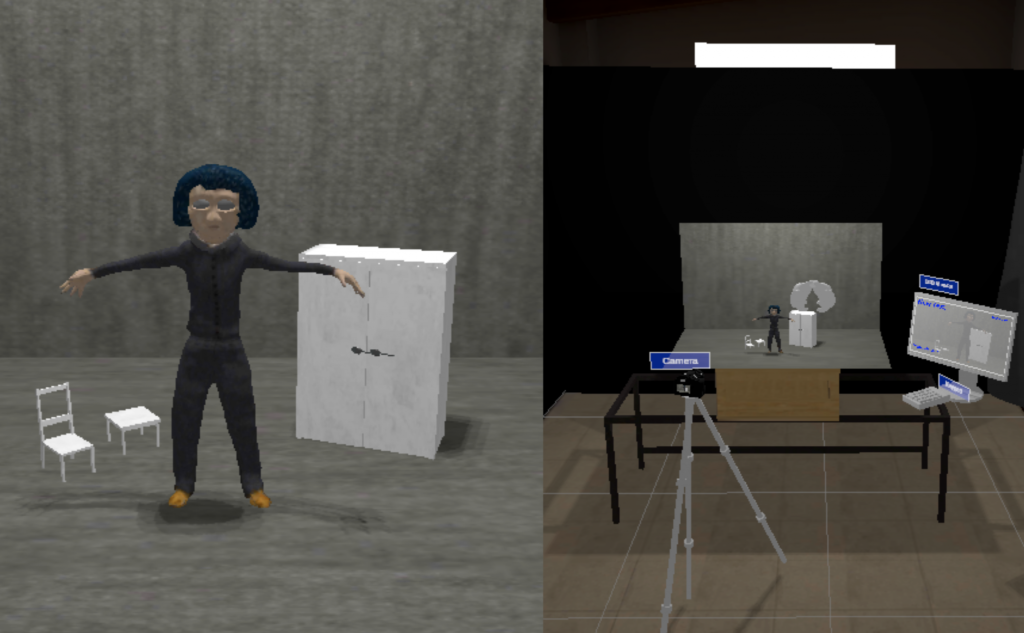Animation Archives & Pedagogy: Reflecting on the Value of the Archive
Written by Dr Nichola Dobson for the CI Research Blog, this article reflects on the project outcomes in exploring the value of archival footage and artefacts in animation. The project was funded by the CI Creative Horizon programme, and sub-led by Dr Nichola Dobson, Director of Animation Research Network Scotland and Lecturer in Animation at Edinburgh College of Art, together with Insurgent Studios, and ECA PhD student Calum Main.
Exploring Archival Footage and Artefacts for the Creative Informatics Horizon Pilot
Over autumn 2020 and in to spring 2021, the animation department at ECA collaborated with Edinburgh based, Insurgent Studios to ‘unlock the value’ in the archive of student animated films and left behind artefacts. As a pilot for Creative Informatics Creative Horizon projects, we worked over a fairly long period to get the project outline just right, only to be thrown by the global pandemic and subsequent lockdown. However, after taking a little time to re-group and examine what we had access to, the project was able to go ahead with success and some surprising results.

The main goals of the project were to consider preservation and re-use of our 30 year archive, with consideration to outdated film formats, and delicate, degraded puppets. The issue of archiving animation materials is ongoing and over the past five years, there have been several international conferences and workshops, dedicated to models of best practice in the complex world of cultural heritage (see for example, Materials in Motion). With consideration of ethical issues of re-use, we were keen to work most efficiently with the materials available, but in partnership with a company which has experience with immersive technologies to explore innovative ways of accessing our archive.
The project achieved its original goal of developing a system to digitise student films without degradation of quality, and to use AR and VR technology to re-create a stop motion set and puppet which could be manipulated within the immersive space. This would allow users to experience the making experience without requiring the larger equipment and space typically needed. In the project, we were able to employ one of the animation PhD students, Calum Main, himself a stop motion animator, to capture, digitise and render the puppets to be inserted into the immersive space.

Documenting and developing the findings through a creative informatics phd ra small grant
On completion of the original project we were able to secure further funding from Creative Informatics, to continue Calum’s employment as a PhD RA, in order to fully write up and develop the findings and output for future projects. Directly involved in the digital capture and selection of the puppets, Calum had to consider what would work best for the users of the devices, what would simulate the stop motion experience and, in light of lockdown, what he had access to. In the initial project, the output from Insurgent Studios was the main focus of the showcase, but in the initial findings report, Calum was able to detail his working methods, from an animation perspective and to consider potential developments going forward. The internal report detailed the technical specs used and required with the potential to be developed into a user guide for future digital puppet recreation. The process was mapped out with a result which Calum suggested would be useful for animation production teams to use as a pre-visualisation method, emulating the physical set and camera positions. Like a drawn storyboard, this would allow the animators to plan and test shots without committing to costly scenery building.
The scope for this would indeed be useful in production, and indeed several games and live action film sets are using digital renders to plan and visualise final outputs, but Calum also identified a potential teaching tool which could be used in the animation studio, but also taken outside to other settings which would allow interested students to try stop motion outside of the building, where space may be limited or as an engagement tool for open days. Calum’s experience in running animation workshops for school children, and his pedagogy focused PhD allowed him to develop this point further in his report; we hope to take this further as funding allows when he is nearing the end of his PhD project. The extra funding from Creative Informatics, gave us a valuable opportunity to consider the project in more depth and look at the potential models for use beyond the original scope of ‘unlocking the value’ in the archive.
The project has revealed more value than we had originally considered, and Calum’s report gives us an important document to build on for dissemination through conference papers and articles, and in funding bids to develop the scope of these areas further.
A short write-up featured in the CI Annual Report_2021, and the project was presented and discussed by Insurgent Studios and Calum Main at our ‘Bringing Legacy to Life’ Stop Motion Conference 2021, a two-day online conference where we reflected on the practices, legacies and cultural heritage contributions of the form. Find out more here.
